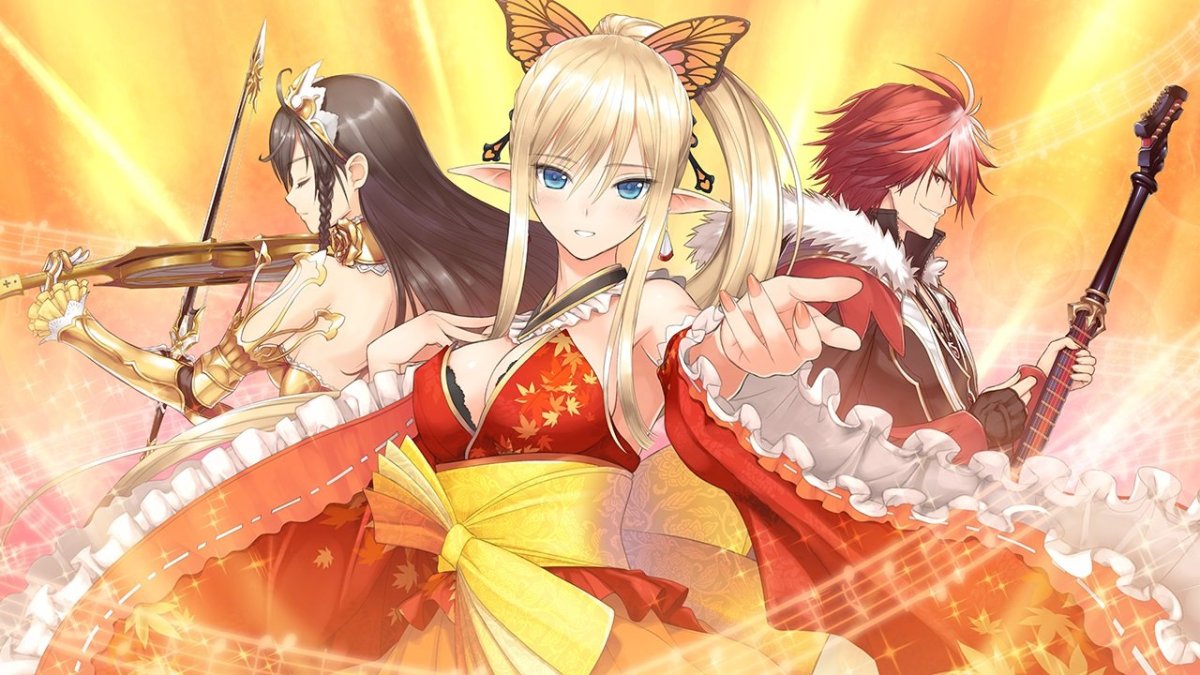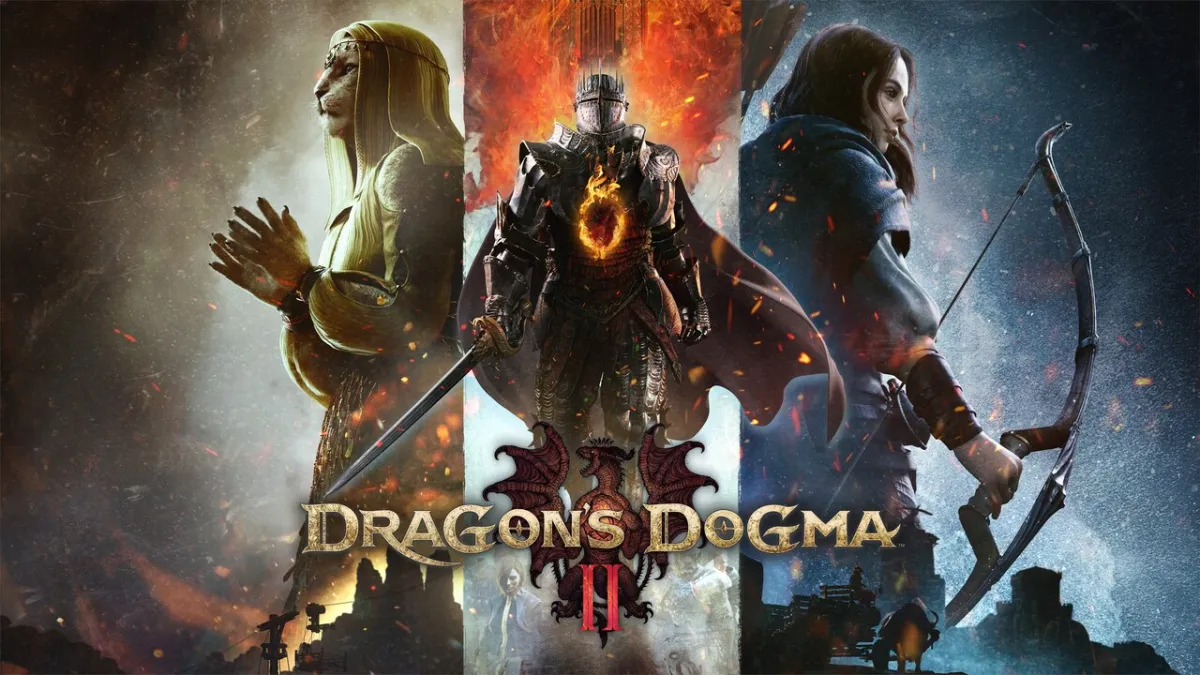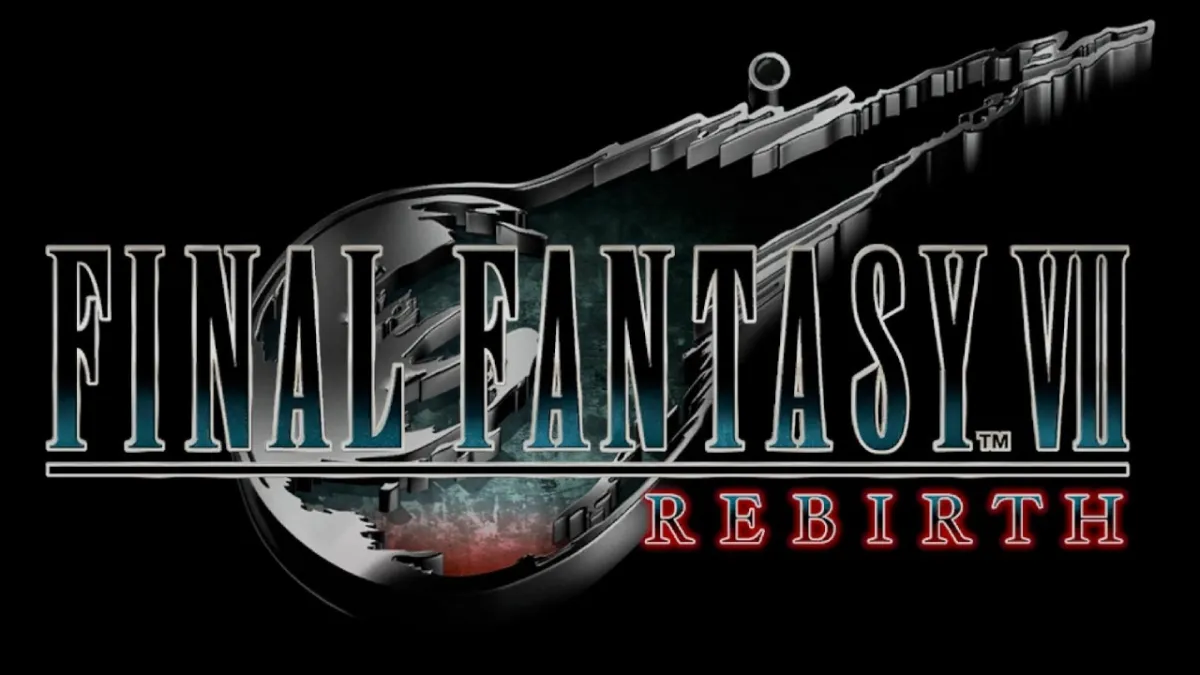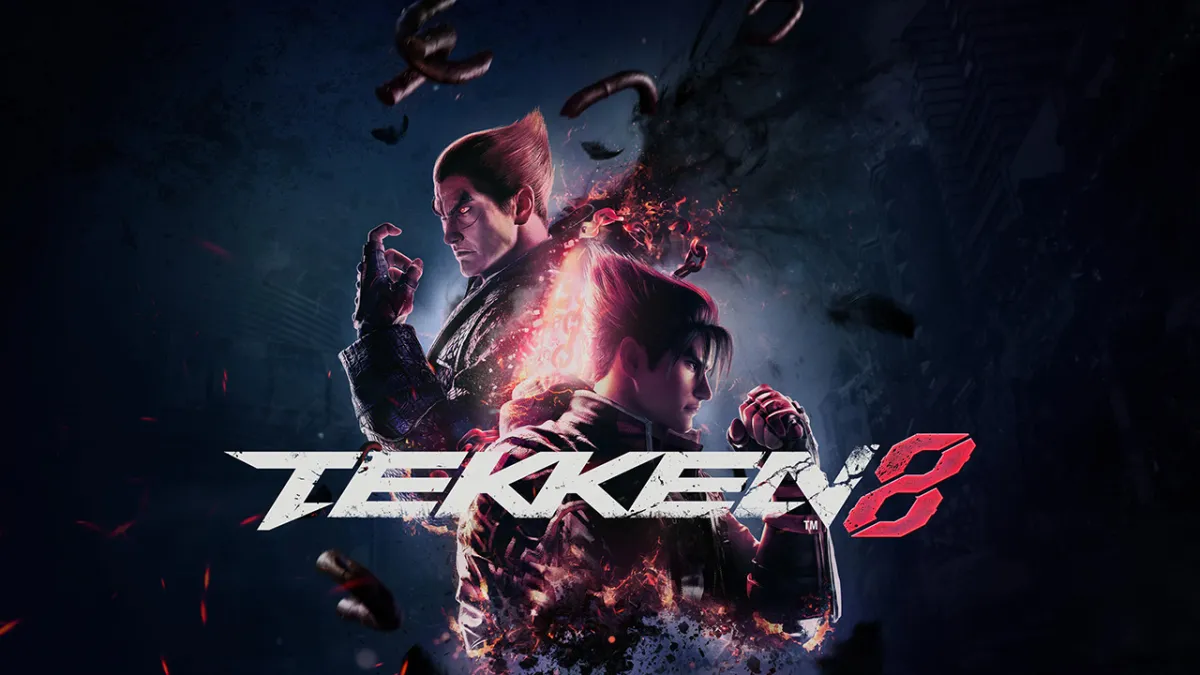If there is one JRPG series that has been tragically overlooked, then it would be Shining. Making its debut with Shining in the Darkness on the Sega Mega Drive in 1991, the series saw hit after hit, helping to make SEGA’s early consoles a worthy destination for JRPG fans.
However, when SEGA changed gears in 2001/2002, the Shining series changed forever. Not only was Camelot (then known as Sonic! Software Planning) no longer the developer, but the series shifted in presentation, theme and tone, becoming more like the other JRPGs that started to appear on the market at the time. Needless to say, this rubbed many fans the wrong way, and SEGA declining to release any core entry in the West from 2007 onwards (a spin-off arrived in 2016) didn’t help either. For a time, it looked like we wouldn’t see the series again; but thankfully, SEGA decided to throw fans a bone and offer a taste of what they’ve been missing out on since that fateful year with the release of Shining Resonance Refrain, an enhanced version of a game that came out in 2014 on the PlayStation 3.
This, of course, leaves Shining Resonance Refrain in an odd position. It already has to contend with the fact that it has very little in common with the old Shining titles, but now it can’t even rely on its strengths in their entirety anymore.
Why? Because the competition has improved substantially since the original game’s release.
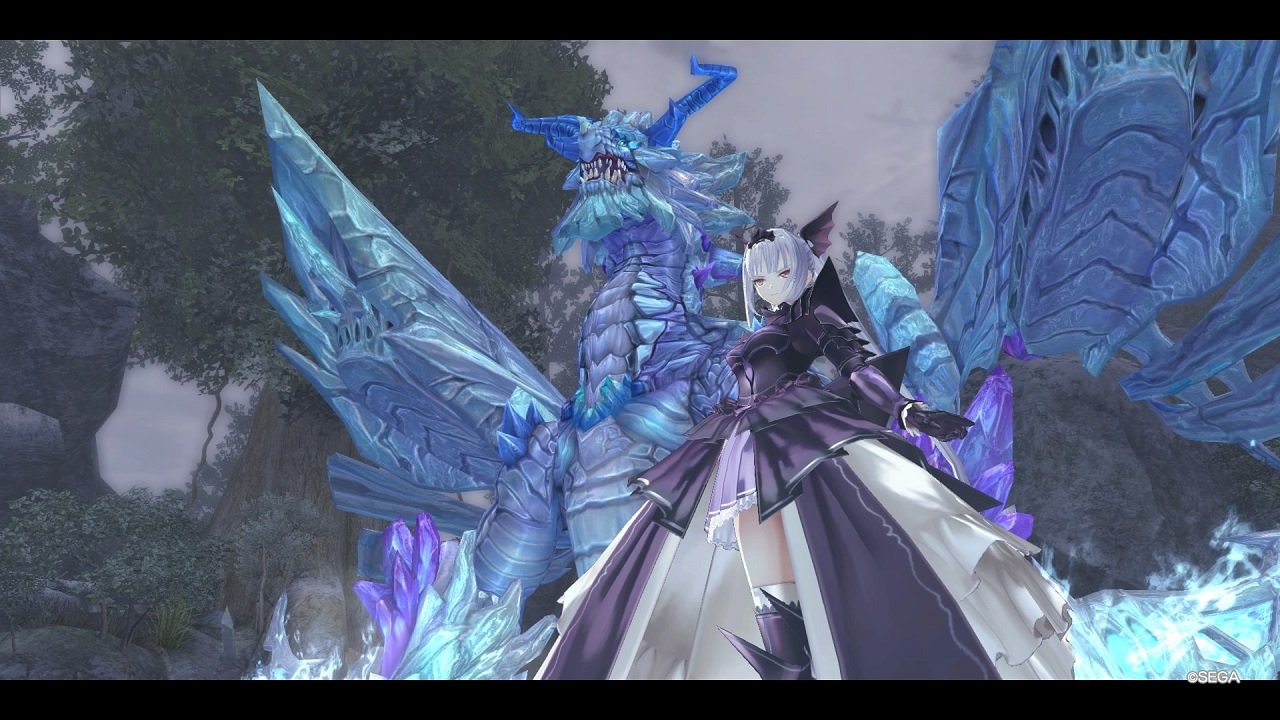
Back when the original Shining Resonance debuted, its primary competitor was Tales of Zestiria (2015) — both are action RPGs, incorporates a unique twist on traditional combat (music vs. Seraphim), features interconnected environments and utilizes an anime aesthetic. And while some might argue that the original game is better than what Tales had to offer at the time, this isn’t something they can assert anymore. Not only has Tales stepped up its game substantially since then (Tales of Berseria), but there are also a variety of other similar titles (NieR: Automata, Ni No Kuni 2, Ys VIII, Tokyo Xanadu, etc.) now out on the market as well.
In other words, Shining Resonance Refrain often feels outdated when looking at what other titles in the genre now bring to the table.
That said, the game still has its good points: the combat is fun, the character designs are sublime (all hail Tony Taka) and all the action takes place within a beautifully-constructed world. There are, however, a few easily recognizable flaws. I know Shining Resonance wasn’t the shining example of a game with a large budget back when it debuted in 2014, but there are some real headscratchers when it comes to design and implementation that can only be considered archaic by today’s standards.

And we’ll take a look at what I’m talking about in a moment, but before then let’s take a look at what binds these features together: the story.
Shining Resonance Refrain tells the timeless tale of a young man and his band of plucky companions working together to defeat an evil empire that’s threatening to throw the world into ruin. Specifically, the main character, Yuma, holds the soul of a powerful being known as the Shining Dragon within him, and upon being rescued from prison by a knight named Sonia, he is brought back to the Kingdom of Astoria where he is recruited by her father, the King, to help them defeat the Empire of Lombardia who seeks to take over the continent using the power of the dragons who used to roam the world a thousand years ago.
All in all, the story is a generic 30-45 hour affair, featuring all the trappings of your stock JRPG. Fantasy-medieval setting? Check. Protagonist with mysterious past? Yep. Dragons? Well, what self-respecting JRPG doesn’t have dragons in it? Seriously though, the backstory is interesting, as are the characters who push everything forward, so if you’re not the type who places emphasis on an expertly crafted story with plenty of twists and revelations throughout, then this game will hit all the right notes for you. And as an added bonus you can switch between English and Japanese voices whenever you like!
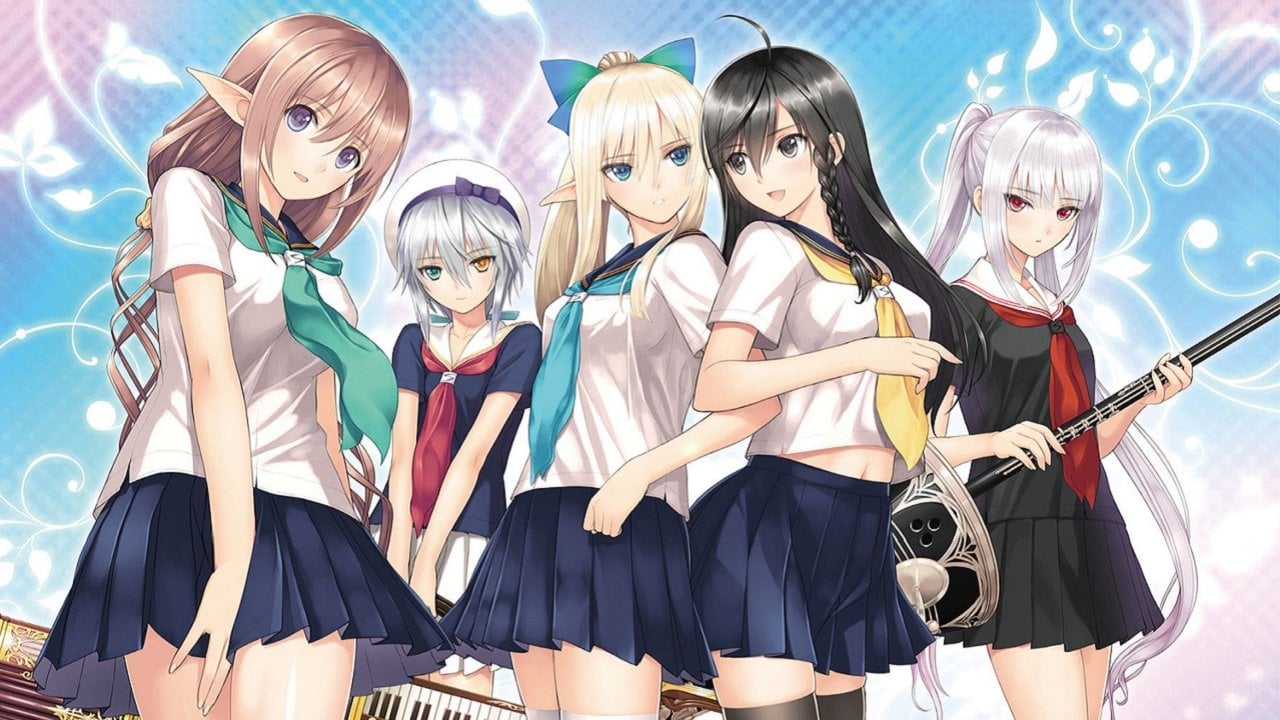
In particular, the game’s focus on music is thorough, and the overall artistic style is exemplary. Music is a central theme in Shining Resonance and many of the features within are designed to reflect that fact. Your weapons, known as Armonics, are basically musical instruments that are durable enough to smack enemies with. As such, you don’t enchant your weapons, you tune them; you don’t channel skills or spells, you “play” them. Honestly, there’s something really cool about watching Agnum play a riff on his guitar before enveloping his target in a torrent of fire. As for the art — especially the character designs — I don’t think it’s possible to overstate how gorgeous it all is. I’ve always been a fan of Tony Taka’s work and it was hard for me to look at characters like Sonia, Rinna and Agnum, and not come to the conclusion that they were among the best he’s ever created.
Regrettably, I can’t extend this level of praise to other areas of the game. Like I said, Shining Resonance Refrain exhibits a pattern of questionable design to the point where much of what the game does well is compromised by something else. Granted, the extent to which this occurs comes on a case-by-case basis.
For instance, at face value, the battle system, which can most aptly be described as a watered down amalgam of those seen in various Tales titles, is quite good. You aren’t going to be doing any dexterous combos that make their way to YouTube and dedicated forums, nor should you expect to do any advanced techniques beyond parrying and guard/dash-cancelling; but each character feels unique (Yuma, for example, can transform into a dragon mid-fight) and between tactics such as using certain attacks to “break” enemies and put them in a vulnerable state, changing your party members’ traits to alter the way they support one another mid-battle and having your party perform a musical number in order to give them an assortment of buffs, there is merit in trying to make the most of the combat’s admittedly simple design.
And, honestly speaking, this approach is perfectly acceptable. It’s refreshing to use a new character for the first time and not feel like you’re playing with two left hands. Combat is simple and clean (unless multiple skills/spells are being cast or active, in which case the usual 60 FPS takes a nosedive), so it doesn’t take much effort to get a proper handle on what you can (or can’t) do.
However, things get complicated once AI gets thrown into the mix. To put it charitably: the AI — of both the enemies and your allies — is stupid. For what it’s worth, enemies can always deal adequate damage since their level scales in accordance with your own and story progression, but they’re often too dimwitted to make themselves a legitimate threat. Larger enemies without aoe attacks will clumsily rotate in place as they try to face their target, and the only recourse smaller ones have from simple rushdown tactics is larger numbers. Meanwhile, your allies often decline to use the moves they have equipped to their full potential. I don’t know if it’s because of competing priorities or there’s something else going on, but you know something is wrong when your teammates are frequently unable to fulfill their given role. A tank neglecting to grab the attention of a boss or horde of enemies? That’s happened. A mage choosing to melee said boss or horde of enemies instead of using spells from a safe distance? Again, that’s happened. It’s like they’re willingly playing with a half deck of cards — and I mean that literally, since party members can only have up to four skills equipped at any given time.
And what makes this so vexing is the fact that there’s little you can do about any of this. Adjusting the difficulty only affects the enemies’ damage output and they do more than enough already. Meanwhile, there’s no AI optimization feature, with the game only offering rudimentary in-battle commands; and taking direct control of your party members, though viable, requires you to go to the pause menu. In the end, you’re just better off selecting characters with more complicated battle roles and using them yourself (hence why I now almost exclusively use my tank, Sonia, and mage, Rinna).
Thankfully, no other aspect of the game is as compromised as the combat is (even if it’s still fun), though there are still other parts which will give you pause when you come across them, such as questing and exploration.
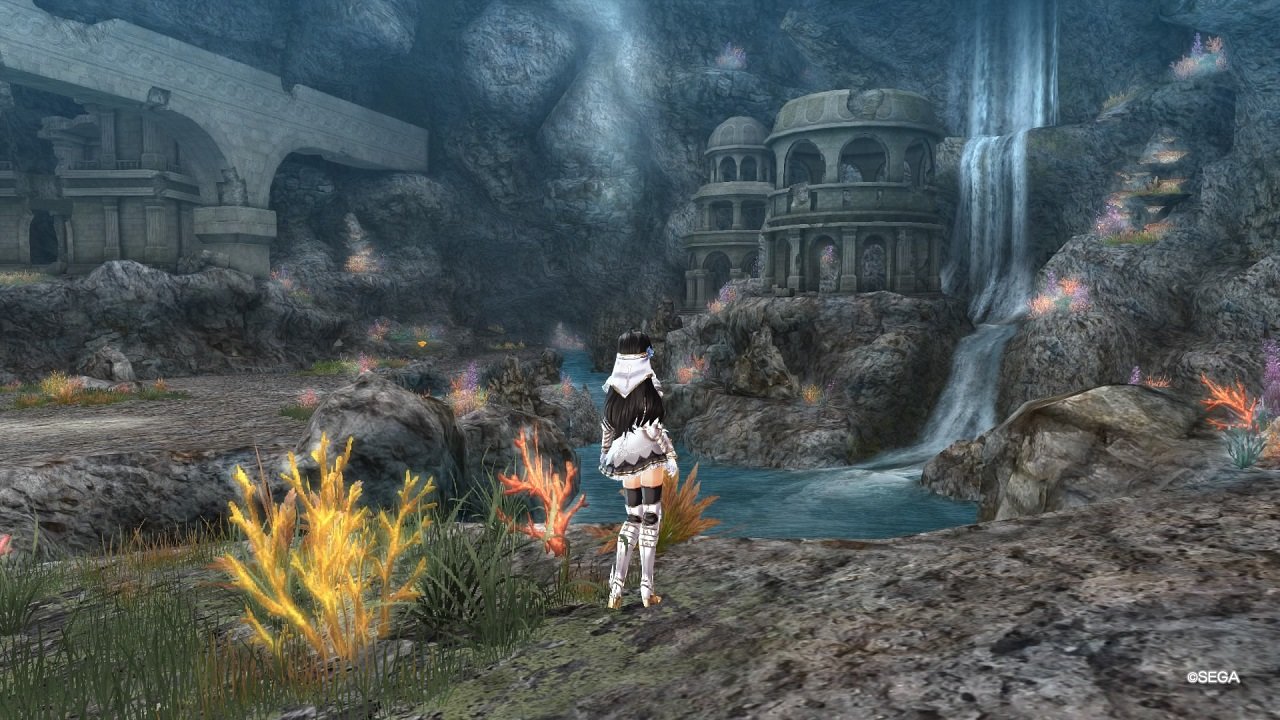
After your party emerges from battle victorious (or escapes like cowards), they’ll once again be able to explore the beautifully-crafted continent of Alfheim. The environments are numerous, ranging from a forest teeming with life, to a system of caverns that houses the remnants of an ancient civilization. Most JRPGs would just stop there and call it a day, but Shining Resonance takes things to the next level by incorporating a weather system that causes random areas to change after you rest in town or at one of the many campsites littered around the continent. Changes in the weather don’t alter a zone’s topography like in Final Fantasy XII, but there are some noticeable visual effects and, most importantly, the enemies and items within the area will change accordingly. For instance, when the forest is hit by a thunderstorm, the usual plant life will take cover beneath the forest’s massive trees and the insects will become infused with electricity, while the herbs and mushrooms often found on the ground will be replaced by crystals.
As one might expect, this has a considerable effect on the way quests play out, as there will be times when the required items or enemies are only present in a single area during a specific weather pattern. The issue with this, however, is that you actually have no control over the weather — you’ll have to keep resting or camping out until you get the one you want. And things only get worse once you start picking up multiple quests that could potentially require you to go to opposite ends of the continent (with a general lack of save points, no less) and you’re unable to fast travel to any of them. In fact, the only place you can fast travel to is the only town in the game, Marga. Fortunately, the quest listings (which can be seen by pressing R2) are useful in helping you get most of your quests done, showing you a picture of the area you need to go to and even one of the target enemy if applicable. Perhaps this is the compensation for designing a bestiary that can only be viewed in town, and a minimap that doesn’t show the location of collectibles and treasure?
And once you’re done with all the battles, quests and exploration, you can head back to Marga (remember to pack the appropriate item or else you’ll have to walk!) where you can enjoy the calm atmosphere (in spite of the ongoing war), shop or create new items and accessories (this is also possible at the various campsites you come across), adjust your weapon and learn more about your teammates by going out with them on dates.
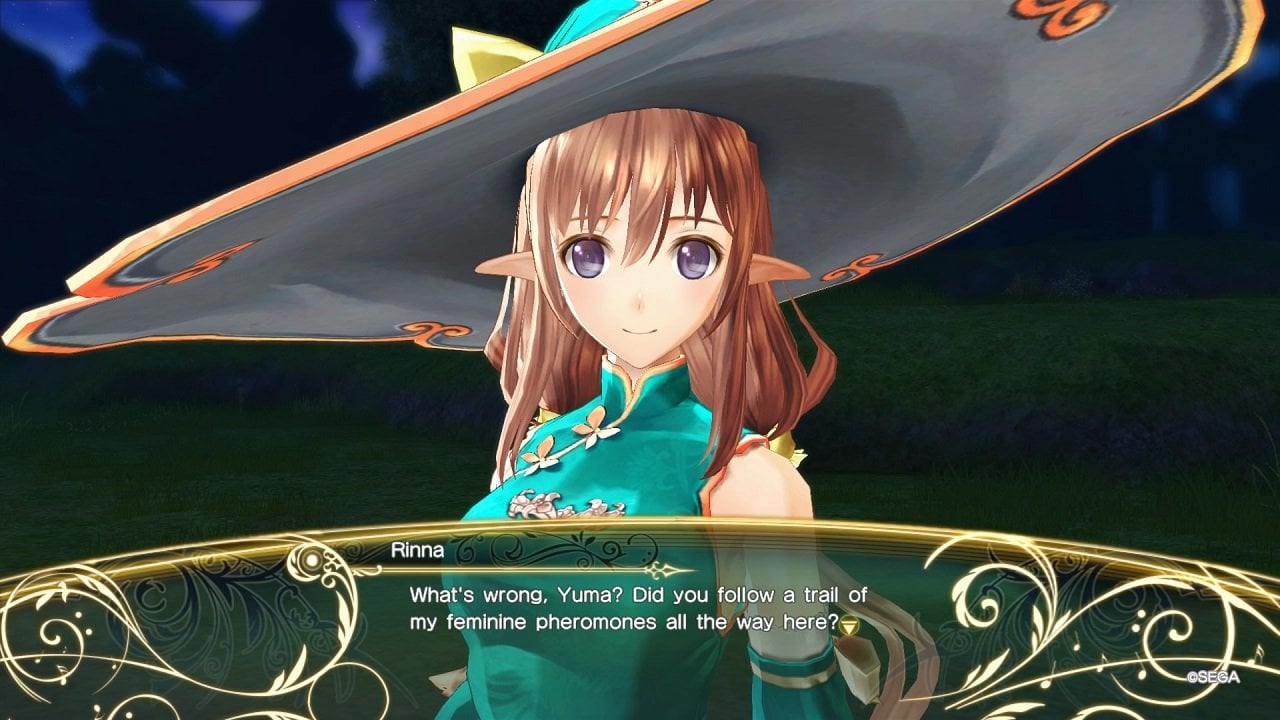
Deepening the relationship with your teammates is a three-step process: first you have to build affection by battling alongside them, giving them gifts, viewing character events or answering questions while in town or at a campsite; then you have to invite them out for a private conversation at night and if all goes well they’ll ask you out on a date in town the following day. Overall, this process is exceedingly lenient. You have to go out of your way to significantly lower any given character’s affection toward you and any such changes — regardless of how big — can easily be reversed, while general conversation and the night events can be done both in town and at campsites. Really, the only frustrating part about the whole affection and dating system is the fact that there’s no way to check how much a character likes you before the night event begins.
Before closing out, there’s one last thing you should know about: Refrain Mode. This is a new mode exclusive to Shining Resonance Refrain which “adds” two new playable characters. SEGA suggested playing the original mode first so you could appreciate their role in the story beforehand, and I do agree with this after playing through the game (major plot points get spoiled within the first two hours). However, the most they offer is extra dialog, while the extra content within Refrain Mode is entirely optional and the story is still the same as before, rendering the original mode pointless. I won’t try to dissuade you if you’re adamant about playing through the game twice (do be aware there’s no new game plus), but if you’re on the fence — or just don’t care — then go ahead and play Refrain Mode first.
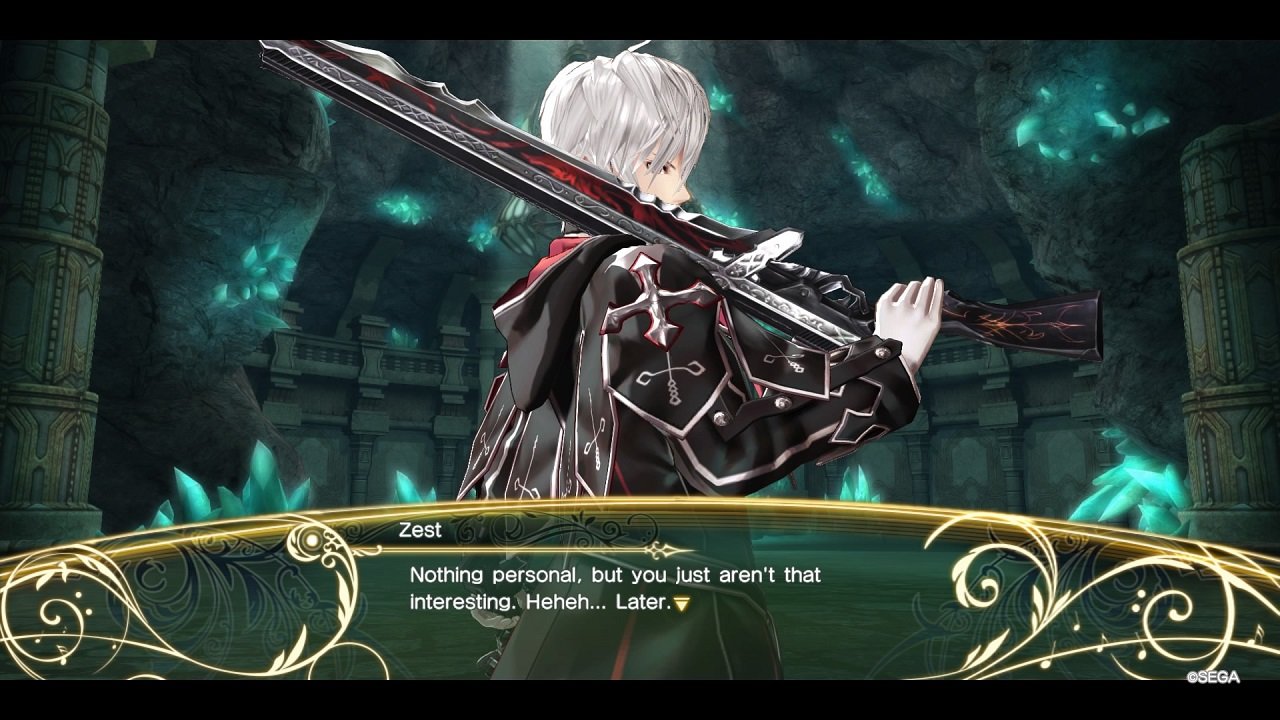
The Verdict
With all the questionable design choices present here, you would expect Shining Resonance Refrain to be unable to hold up in modern times, and in some cases that is correct. Combat being compromised by dumb AI and a restrictive skill set, a minimap that doesn’t show the locations of treasure, and exploration made tedious due to limited fast travel are just some of the legitimate gripes that can be levied here. Yet, despite all that, everything still works.
Therefore, the mindset you approach Shining Resonance Refrain with is critical. If you only compare this with modern JRPGs, then you’ll likely find the experience to be wanting; and it will only come off worse if you compare it to the Shining titles of old. However, if you take the game as it is and judge it on its own merits, you’ll soon find that there is a lot to enjoy. The game is somewhat flawed and unambitious, for sure, but it’s still solidly made.


